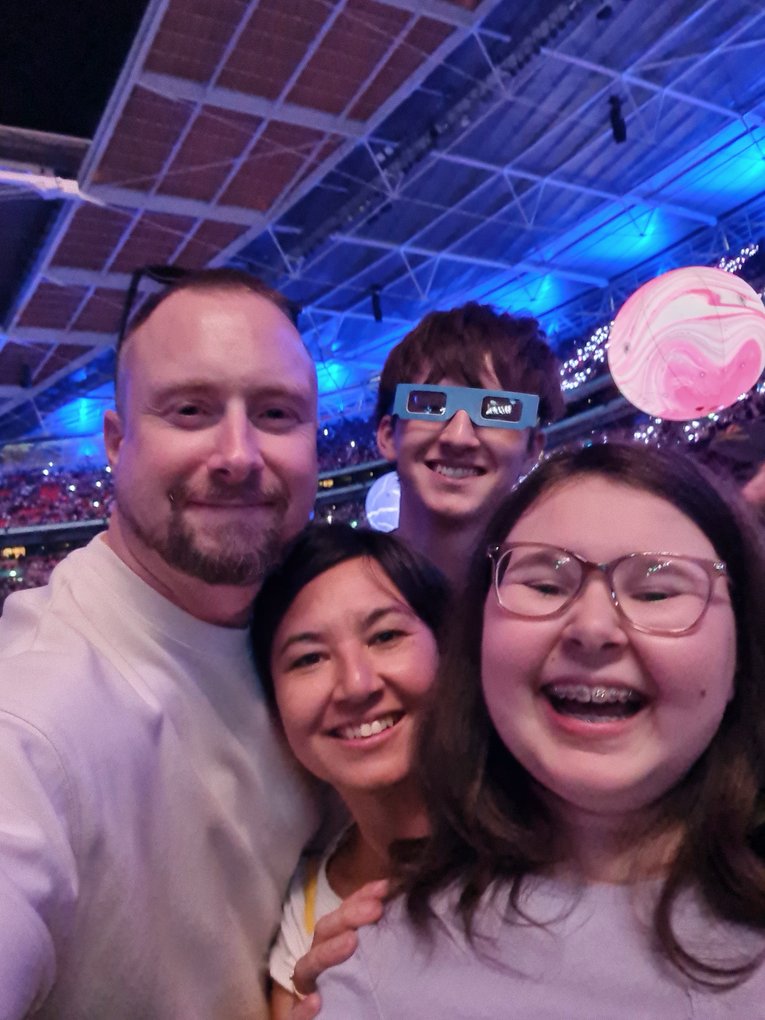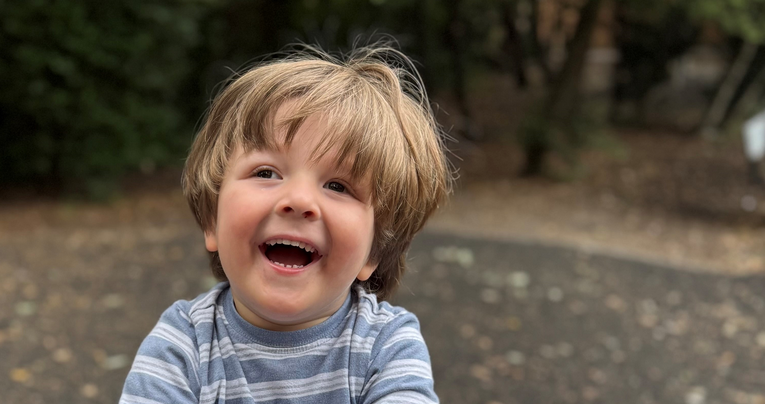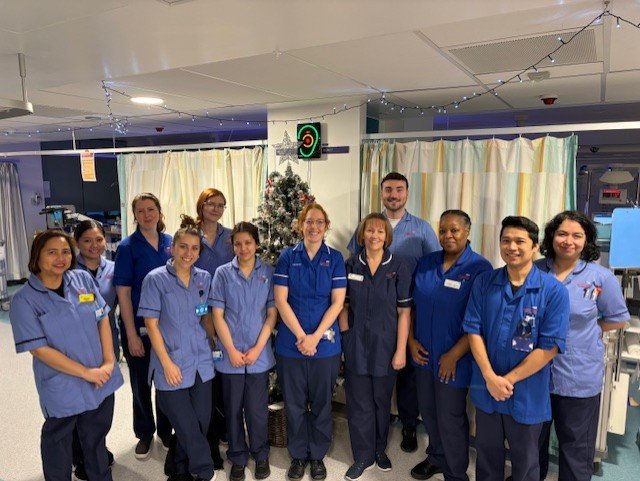
https://www.gosh.nhs.uk/patients-and-families/support-services/gosh-arts/gosh-arts-news/together-we-can-do-so-much/
Together we can do so much
7 Jan 2020, 9:15 a.m.
Artist Mark Titchner works across a range of media and uses found texts to explore shared values and beliefs. Mark designed 'Together we can do so much', an impressive eight-metre wood relief piece, which takes centre stage in the Zayed Centre for Research into Rare Disease in Children. We spoke to Mark to find out more about his intention behind this piece and the process involved in creating it.
Describing how his idea for 'Together we can do so much' came about, Mark begins: “I wanted to make something that was connected to the larger themes in the Zayed Centre for Research – people working together, interaction and the interface of the building between the clinicians, staff and patients.
“I found a longer quote from [20th century advocate for disability rights] Helen Keller which is 'Alone we can do so little. Together we can do so much'. The second part of that really seemed to sum up the spirit of what is going on at the Centre. Even more so because Helen Keller lost her sight and her hearing through childhood disease and then went on to achieve things that maybe seemed impossible at a certain point.”
Painted by hand
The design features interweaving pathways to represent the collaborative vision for the building. Talking about the materials used in the piece, Mark shares: “The work itself is a wooden carpentry piece. It's 8 and a half metres wide, so it’s pretty big. It took 18 months in the commissioning process, and then the last 4 months working hard to get it ready!
“It's made of a material called Valcromat which was then veneered with wood. The design is then machined into the piece which gives a black outline framing the colour. The different areas have been stained to give the effect of marquetry. So it’s painted and stained by hand after being cut by a machine.”

Making text accessible
With a lot of his work being language and text based, Mark reflects on the impact these words can have: “I'm very interested in direct text, which is appropriate for this setting, as I always try to think about whether a child could understand a message. I try not to use complicated words but enjoy the fact that the idea can still be complicated – such as, what does 'together' mean? what does 'so much' mean? what do all these words mean to different people?
“Sometimes messages can be more ambiguous but in this case it’s purely to try and be supportive. Also because it’s so apparent upon entering the building, it’s even more important that everyone involved in the building takes ownership of it.”

Artist Mark Titchner with Together We Can Do So Much

Great Ormond Street Hospital joins the Circular Economy Healthcare Alliance (CEHA)
By joining CEHA, Great Ormond Street Hospital reaffirms its commitment to ‘do no harm’—not only to our patients, but to the environment and future generations.

‘Ready-made’ T-cell gene therapy tackles ‘incurable’ T-Cell leukaemia
A groundbreaking new treatment using gene-edited immune cells, developed at GOSH and UCL has shown promising results in helping children and adults fight a rare and aggressive cancer

NHS genetic testing gives ‘power’ to families with rare conditions
A new study has shown that whole genome sequencing, now offered as part of NHS care, allows children with rare conditions to access the right care faster.

GOSH Neonatal teams excelling in family-centred care
GOSH NICU has been awarded Bliss Baby Charter Silver Accreditation - a prestigious recognition of excellence in family-centred care.
